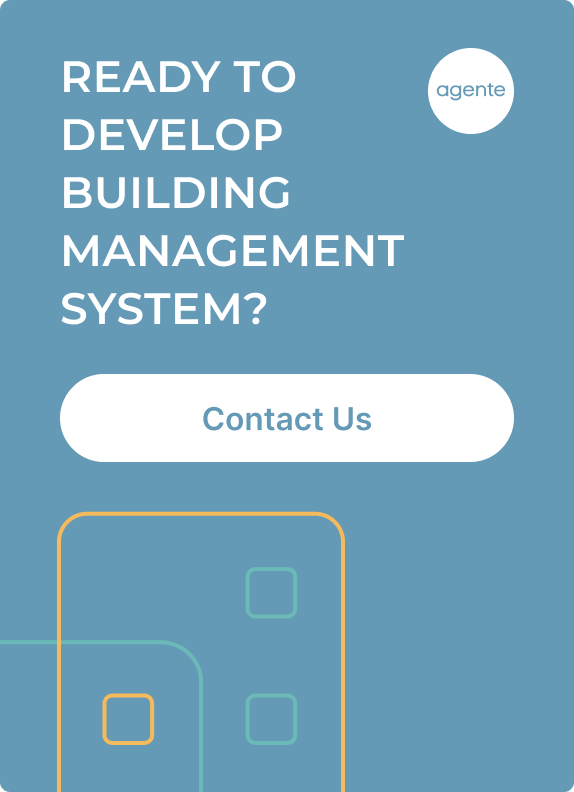
One of the greatest recent innovations in product development and enhancement is the digital twins' implementation. The concept is based on data science and emphasizes a virtual representation of a physical object or system. It is a representation of the real object in the digital world.
According to Research and Markets, over 95% of vendors across multiple industries recognize the need for IoT APIs and platform integration with digital twinning functionality. What’s more, digital twin-supported solutions in smart cities will reach $3.77 billion by 2026, while the global market for digital twins can easily hit $50 billion by 2026.
In this article, we will delve into the reasons behind the digital twin technology success, and talk about the intricacies of the implementation processes. Feel free to ask Agente any digital twin software development questions as we developed few in recent years.
Real-world digital twin software examples
Take a look at the ways digital twins streamline the development of many industries.
Construction
Let’s start with Collins Wharf’s digital twin that tests and determines the viability of building a multi-story complex from sustainable timber, located on the Yarra River in Melbourne. The timber had not been tested in buildings of this height (a 28- and a 29-story apartment tower). The inclusion of the project’s processes and materials in the digital twin implementation gave a more granular understanding of the process and cost for developers.
Source: Global Infrastructure Initiative
Twin cities
Shanghai and Singapore both have complete digital twins that work to improve traffic flow and energy consumption, and they even help to plan developments. Smart cities are quickly becoming a reality, providing an excellent way to reduce pollution and increase the well-being of residents.
Source: Augmate
Energy system
GE’s wind farm has increased productivity by 20%. It was done by utilizing digital twin software solutions. Each wind farm turbine has a sensor that sends the real-time data to the digital replicas, thus enabling constant design improvements and even suggestions of changes for each turbine to make it more effective.
Source: GE
Healthcare
Mater Private Hospital in Dublin integrated a digital twin model representation for the radiology department. The simulation optimizes the process and improves the patient experience by effectively managing emergency services, optimum utilization of labs and medical equipment, staffing requirements, device downtimes, and also reducing waiting times. It allows the hospital management to monitor the entire infrastructure from a unified platform: patient to the clinician to data to workflow.
Source: Digital Progression
Entertainment
At the Spring Festival Gala aired on China Central Television, the four human hosts were joined by an AI copy of themselves. These were their very own digital twins created by ObEN. The company used machine learning, natural language processing, and computer vision to build virtual copies of the hosts. The technology can be used during isolation times when people can’t attend public spaces.
Source: Forbes
How to develop digital twin software?
The key functions a digital twin should have:
- Space monitoring. These are insights from sensor data capture, integration, and visualization, to the end-user app through a series of touchpoints.
Source: Fracture Reality - Connectivity. All the core systems within the physical prototype should be connected and reflected in the digital twin, for example, HVAC systems, water pumps, fire alarms, power, and lighting in a smart building.
Source: Seebo - Access control. A digital twin should allow smart access to specific areas for designated individuals based on user identity captured from multiple data sources.
Source: Pinterest - Data Analytics. The feature means processing large volumes of real-time valuable data about the physical product.
Source: Seebo - Security. It involves applying the best practices of the IoT security experience to the context of digital twin apps.
- Seamless integrations. A digital twin app should allow connection with a wide range of third-party hardware and software.
Source: Smart Cities World
How Much Does It Cost to Develop a Digital Twin Software
While creating a digital twin is definitely not the easiest task, estimating the project cost in time and money will require some additional information about the specific project.
Most of the time development of the digital twin would mean the creation of BIM (Building Information Model) with GIS (Geographic Information System) with additional ways to collect and transfer the data plus methods to manage this information. It’s very complicated to break down the solution cost in the absence of real data, but we would try to explain some general points.
First and foremost it will depend on the complexity of the real system you want to duplicate. It’s one thing to create a digital twin for a small house and another story building a replica for a huge mall.
Another point is in how you see the digital twin. Some companies would consider a static 3D model as one, but others see it only as a completely functional dynamic model with live data. In fact, it can be right both ways, but it goes without saying that the price will vary drastically. The main complication of custom digital twin development is integration between all the parts.
You can create a standalone digital twin that will contain a small number of data sources, or you can go for a duplicated digital twin with all the necessary and important measurable data sources. Standalone digital twins can be combined to form a duplicated model and it can be as detailed as you wish. And of course each extra detail will add an extra cost.
After all the price of the digital twins software development will depend on the number of team members involved, their location and time spent.
Get to us with your idea and we will be able to estimate the best digital twin software solutions for your business goal.
You may also interested in Risks in Software Development and How to Mitigate Them.
Agente expertise in developing digital twin software
We have vast experience in IoT software development, 3D modeling, and creating digital twins in particular. For example, take a look at one of our recent projects for real estate.
It was a complex application for a smart house that helped to improve the management of a skyscraper. The building had a large number of monitoring devices, and the service team struggled to maintain all of them on site. Our client wanted to optimize the process by creating a system that would enable the service team to do their job online.
As a part of a full-cycle web app project, we created the building digital twin, enabled data preload from hundreds of building devices, integrated an analytics service, and enabled a 3D building preview and interaction with the building map.
Now, the client can easily monitor the data coming from all the devices and make decisions about building maintenance.
Development process and price
We can break the digital twin development process into the following main stages: discovery, UX/UI design, app development, quality assurance, release, and support.
- Design discovery. We create potential user personas and go over their user stories and user flows. At this stage, we also build information architecture and low-fidelity wireframes to have a structural look at the digital twin.
- Technical discovery. We prepare documentation with detailed information about general data flow in a digital twin, project architecture, and technological stack, as well as development and QA principles.
- UX/UI design. We build UX/UI wireframes and prototypes, and we create high-fidelity UI mockups in a digital space to determine how the real object will look.
- App development. We prepare a product requirements document and perform frontend and backend development of the digital twin, enabling connectivity with the physical prototype, controlled access, integrations, data analytics, and security measures.
- Quality assurance. We develop the test strategy and plan; we go through all the possible test scenarios and compile a test summary.
- Release. At this stage, a fully-featured digital twin is deployed. Usually, digital twin implementations start small, such as monitoring the performance of a single part within an asset and expanding over time. It can happen in two ways: first, by bringing a number of smaller digital twins together to give a complete picture of an entire machine, asset, or business process. Second, organizations add more sophisticated capabilities, for example simulations.
- Support. In the case of a turnkey development, we offer a 3 to 6-month guarantee.
What are the challenges to digital twin software adoption?
Three main adoption challenges you should be ready to face are security, data quality, and team qualification.
- Update your data security protocols. According to Gartner’s estimation, 75% of the digital twins for IoT-connected OEM products will use at least five kinds of integration endpoints by 2023. Each of the endpoints represents a potential area of security vulnerability. The areas of highest security importance are data encryption, access privileges, least privilege principles, routine security audits, and addressing known device vulnerabilities.
- Manage your data quality. Digital twin models depend on the data from thousands of remote sensors that usually communicate over unreliable networks. Improved data quality for a digital twin creates more certainty for the recommendations or changes it provides to improve the construction or operation of a built asset. Companies that want to implement digital twin technology must manage gaps in the data streams.
- Train your team. Although digital twins have huge benefits, the technology is not easy to implement as it involves new ways of working, which can potentially lead to problems in building new technical capabilities. You need to make sure that your staff members have the required skills and tools to work with digital twin models.
In Agente, we know about all the challenges and spare no effort to offer you the best and the most convenient solution.
Final words
Agente has learned the stumbling blocks of digital twin software implementation. We employ that knowledge to guarantee accurate representation of the twin, while collecting precise data from the relevant elements of the system. A digital twin accelerates risk assessment and production time. It allows you to perform real-time remote monitoring, helps to proactively identify any problems within the system, and promotes better financial decision making.
This expertise is also valuable in developing p2p marketplace platforms, where accurate digital representation and data precision are crucial.
If you need to build a custom digital twin platform from scratch or upgrade an existing one, get in touch with us.
FAQ
What is digital twin software?
Digital Twin is a highly complex digital model that represents real-world entities and processes that spans its lifecycle from real-time data, synchronized at a specified frequency and fidelity. It can be anything from a building to a jet engine.
What are the challenges to digital twin software adoption?
There are certain obstacles that digital twins must overcome to achieve their useful for business capabilities, and those include accurate capturing of physical properties, collaboration within a combined digital twin, it should also be self-informed of its size and functionality changes, as well as be able to detect and react to the changes in the real time environment., and at last it needs to communicate with other virtual objects in an immersive manner.
What are the benefits of digital twin software?
The main advantages of digital twins include the reduced cost as it allows them to perform tests and simulations in a virtual environment, making it cheaper to correct the defects and errors in the digital environment instead of the real world.
It also allows you to get to the market much faster than competitors, because the product life cycle is carried out in a digital environment.
Maybe the most important advantage of the digital twin software is its ability to solve problems in advance as virtual prototypes constantly perform remote control of their physical prototypes.
Where can digital twin technology be used?
Digital twin software can be used in healthcare services, real estate management, structures construction and their systems, manufacturing operations, automotive industry, urban planning, etc.
Is your business ready for a digital twin?
Your business is ready to create a digital twin if:
- it has clear goals and objectives;
- it already has a smart technology ecosystem including sensors, APIs, actuators, etc. that can be connected in one system;
- trained business leads, data analysts, It managers and IT security teams how to implement the digital twin strategy;
- effective data management policy that covers ownership, ethics and security;
- real time data processing, predictive analytics, 3D modeling, and ML to build robust data models.
Those are the key points that will make your investment in digital twins pay off, but it’s not an issue if some of the requirements are not met yet. The AGENTE team can offer you guidance through the whole process of preparation and development.
Can I hire your team to develop a digital twin software?
We are skilled and experienced enough to start work on the implementation of the digital twin software straight away. Take a look at the services we provide and contact us at any moment to discuss the unique digital twin software development for your business.
What are the main features to add to the digital twin solution?
We can define a few features really important for your digital twin solution to benefit the business.
First of all it is a live execution that keeps the graphical representation up-to-date with business logic, which is scalable and safe.
Second, is the input from IoT devices and the output to time series insights.
You can also add domain models for any connected environment, Live Graph representation, that will automatically update and animate the data changes in real time.
And of course, you will need to add REST APIs or interfaces to other services to get even more data.
Rate this post!
778 ratings, average ratings is 4.9 out of 5
Related Posts
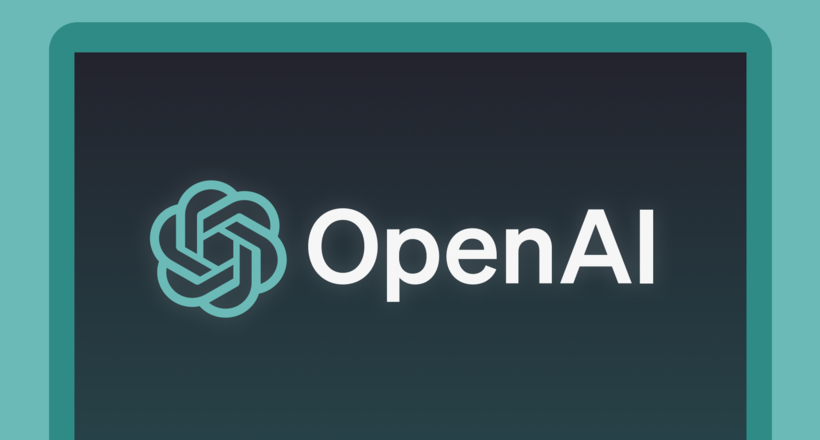
16 January 2024
ChatGPT Plugin Development: Features and Benefits for Business
Explore the process of crafting a ChatGPT plugin tailored precisely to meet your unique business requirements.
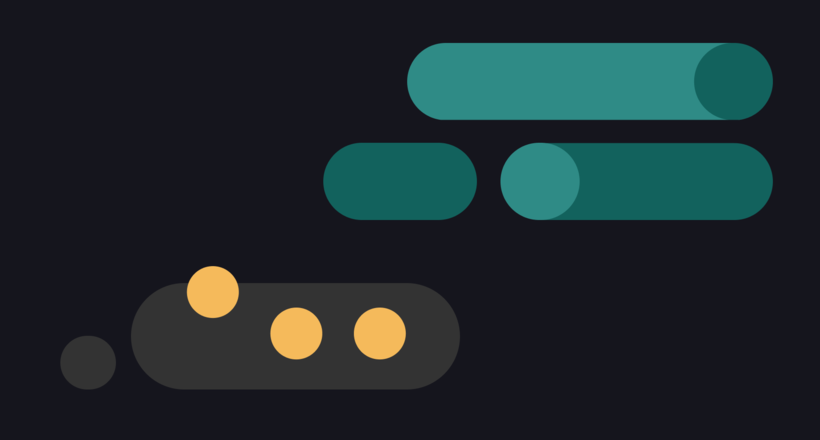
09 May 2024
Top 7 Open-Source LLMs for 2024
Here, we break down everything you need to know about open source LLM models: top 7 offerings on the market, their pros, cons, and capabilities.
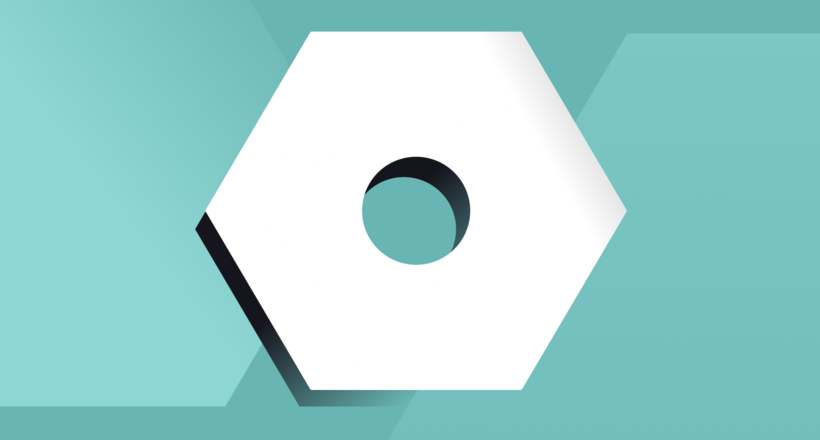
19 January 2024
AI Model Fine-Tuning: How to Use Your Organization's Data?
Organizations are transitioning from generic solutions to hyper-customized intelligence, seeking AI models designed to address their unique challenges and propel them toward strategic objectives.
This demand has propelled fine-tuning to the forefront of AI development.
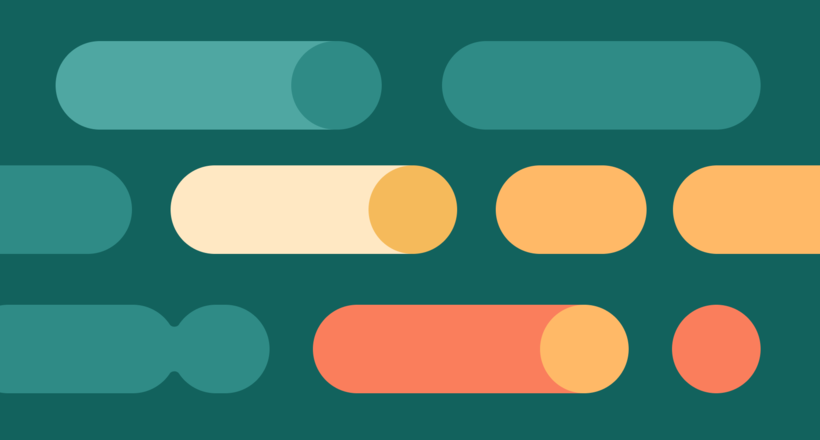
07 May 2024
What are large language models: a complete guide
Get your large language model definition straight: in this article, we cover the concept of LLMs, their capabilities, types, and challenges.
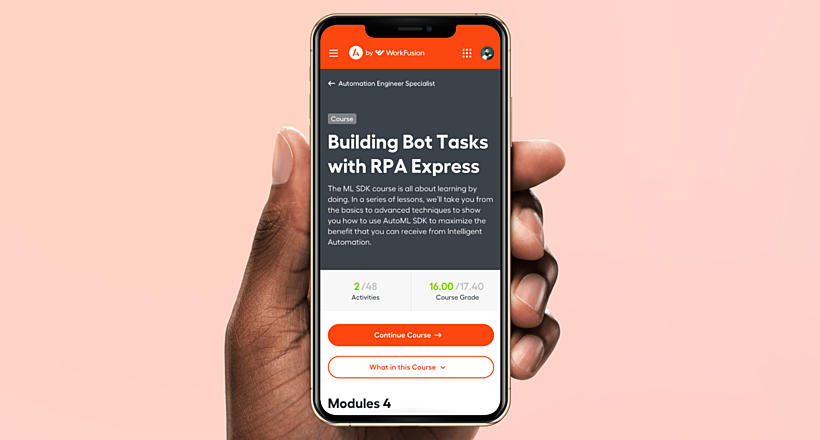
Develop Custom Corporate Microlearning Platform
Custom microlearning solutions for corporate training: Discover how to develop a tailored platform for efficient and engaging employee learning
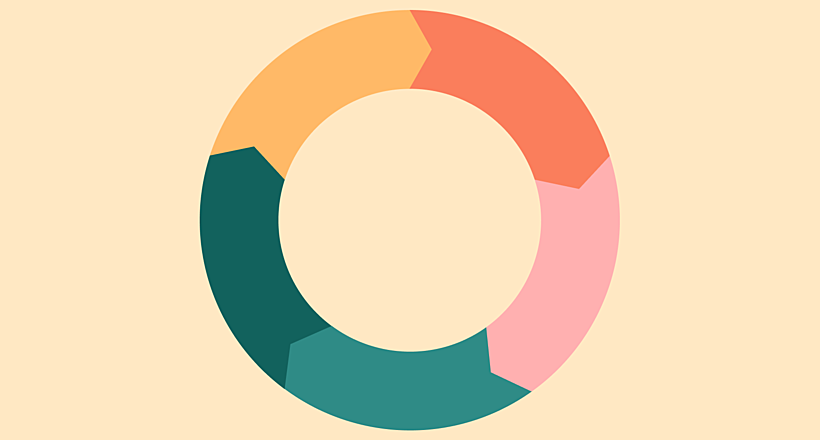
24 January 2024
Employee Training Management Software Development in 2024: Features and Cost
Streamline your employee training with cutting-edge software solutions. Explore the features and costs of employee training management software.
Let's talk
Is there a challenge your organization or company needs help solving? We’d love to discuss it.

Managing Director, Partner
Andrew Terehin

Thank You!
Your message has been successfully sent.
We will contact you very soon.







